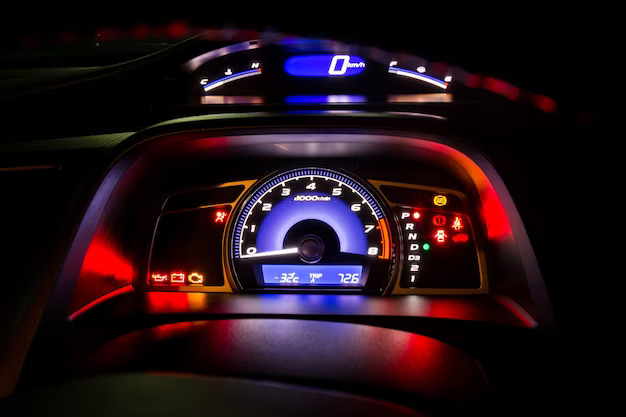AdBlue is a fluid used in vehicles equipped with Selective Catalytic Reduction (SCR) systems to reduce harmful emissions, particularly nitrogen oxides (NOx), from diesel engines. The AdBlue fluid is injected into the exhaust system, where it reacts with the NOx emissions to convert them into harmless nitrogen and water vapor. As a critical component of emission control, it is important to maintain an adequate AdBlue level in your vehicle. When the AdBlue level drops below a certain threshold, a low AdBlue warning light will illuminate on the dashboard, indicating the need for a refill. In this article, we will discuss the importance of refilling AdBlue and the process of resetting the warning light.
Understanding AdBlue and Its Function: AdBlue is a clear liquid composed of urea and demineralized water. It is stored in a dedicated tank within the vehicle and injected into the exhaust system before the SCR catalyst. The AdBlue fluid interacts with the harmful NOx emissions, converting them into nitrogen and water vapor, which are less harmful to the environment. The SCR system plays a crucial role in meeting strict emission standards, and AdBlue is essential for its proper functioning.
Importance of Refilling AdBlue: Maintaining a sufficient level of AdBlue in your vehicle is crucial for the following reasons:
- Compliance with Emission Standards: AdBlue is necessary to ensure your vehicle meets emission regulations and legal requirements. Without an adequate supply of AdBlue, the SCR system will not be able to effectively reduce NOx emissions, potentially resulting in non-compliance and penalties.
- Engine Performance: A properly functioning SCR system, supported by AdBlue, helps optimize engine performance and efficiency. It allows the engine to operate within its designed parameters, ensuring optimal fuel consumption and power output.
- Longevity of Emission Control Components: Adequate AdBlue levels contribute to the longevity and effectiveness of emission control components, such as the SCR catalyst. By preventing the build-up of harmful deposits, it helps maintain the efficiency of the system and prolong its lifespan.
Refilling AdBlue and Resetting the Warning Light:
- Locate the AdBlue Filling Point: The AdBlue filling point is typically located near the fuel filler cap or in the engine compartment. Consult your vehicle’s owner manual for the exact location.
- Purchase AdBlue Fluid: AdBlue is available in various container sizes, ranging from small bottles to larger jugs or tanks. Ensure you purchase a quality AdBlue fluid that meets the required standards and specifications for your vehicle.
- Refill the AdBlue Tank: Open the AdBlue filling point and carefully pour the AdBlue fluid into the tank. Take care not to spill or contaminate the fluid, as it can cause damage to the vehicle’s components.
- Monitor the Fill Level: Many vehicles have a gauge or display that shows the AdBlue level. It is recommended to monitor the AdBlue level regularly and refill before it reaches a critically low level to prevent the warning light from illuminating.
- Resetting the Warning Light: After refilling the AdBlue tank, you may need to reset the low AdBlue warning light. The process for resetting the warning light can vary depending on the vehicle make and model. Consult your vehicle’s owner manual or contact an authorized service center for specific instructions on resetting the warning light.
- Verify Adequate Refill: Once the AdBlue tank is refilled and the warning light is reset, verify that the warning light has turned off and that the AdBlue level is within the acceptable range.
- Maintenance and Regular Checks: AdBlue consumption can vary depending on driving conditions and vehicle usage. It is important to incorporate AdBlue checks and refills into your regular vehicle maintenance routine to ensure ongoing compliance with emission standards.
Maintaining an adequate AdBlue level is essential for the proper functioning of the SCR system and compliance with emission regulations. By understanding the importance of refilling AdBlue and following the proper procedure for refilling and resetting the warning light, you can ensure that your vehicle operates efficiently and meets the required emission standards. Regular monitoring and refilling of AdBlue will contribute to reduced environmental impact and help preserve the longevity of emission control components in your vehicle.











